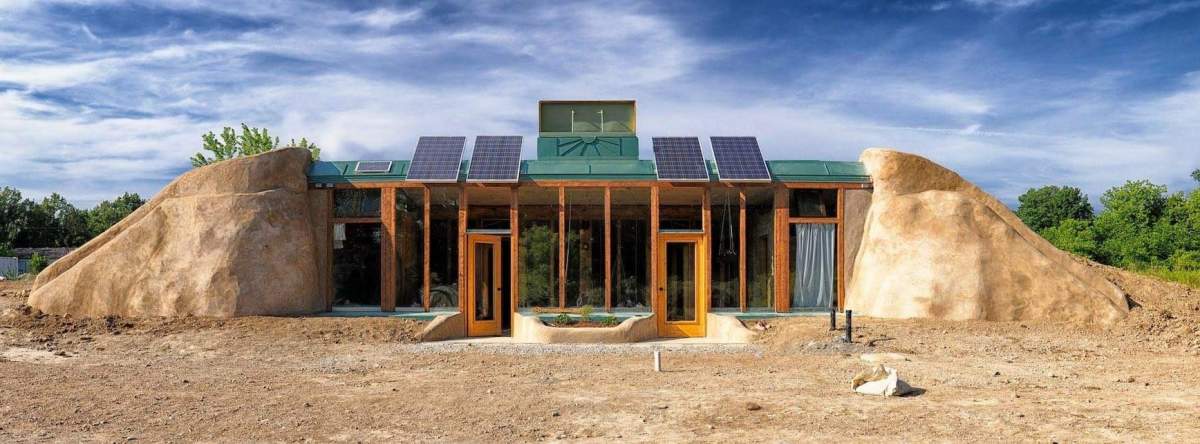A tiny home on the Chippewas of the Thames First Nation will give people a taste of what it’s like to live in sustainable housing.

The project — a collaboration between Chief Myeengun Henry and non-profit organization Building Better — is using five acres of reserve land to showcase sustainable building and living technologies.
Marianne Griffith, the director of Building Better, says it’s a cultural bridging project that gives the reservation something it doesn’t already have: tourism lodgings.
“People can come and rent the tiny home and experience both tiny home living, sustainable off-grid living, and also have the opportunity to spend time on the reservation and spend time with our neighbours,” she explained.
Although still in the early stages, the project includes space for community engagement and First Nation cultural practices like sweat lodging, storytelling, fire circles, food production, and craft and skill development.
“I’m so proud to participate in an off-grid housing project,” said Chief Henry.
The sustainable tiny home itself will be built on an eight-foot-by-20-foot trailer inside a warehouse in east London starting in February, with a hope that it’s up and running on the land by July or August this year.

Get daily National news
One of its key features will be insulation, built at such a standard the home will be liveable throughout a Canadian winter.
“We’re going to add an extra layer of insulation on the outside of the wall, which is kind of starting to be the new practice for better building for net-zero homes,” explained Griffith.
The structure will also be air-sealed and will have a mini wood stove inside with a backup electric heater running off solar power.
Griffith is hoping to keep the price of the home affordable between $80-$120 per night, and it’ll be available for rent by both Indigenous and non-Indigenous people.
Sometime during the summer, she says Building Better will begin helping Chief Henry build his own space on the same parcel of land.
“The home is going to be an Earthship design, which is a passive solar heated and cooled building, so there’s no external heating source required. His home will collect its own water and treat its own water through botanical cells, and it will be separate from the tiny home.”
The Earthship is still in the design stages, but will be entirely off-grid, using renewable energy sources.
The sustainable tiny home is relying on independent fundraising so far, and Griffith expects it to cost around $25,000 from start to finish.
A fundraising event dubbed Building Better Fest 2018 is being held at the Life of Leisure Surf and Social Club at 792 Dundas Street on Saturday evening. It features local musicians, local craft beer, locally distilled spirits in signature cocktails, and a raffle for locally crafted goods.
All proceeds will go towards the Chippewa Sustainable Living Project.














Comments